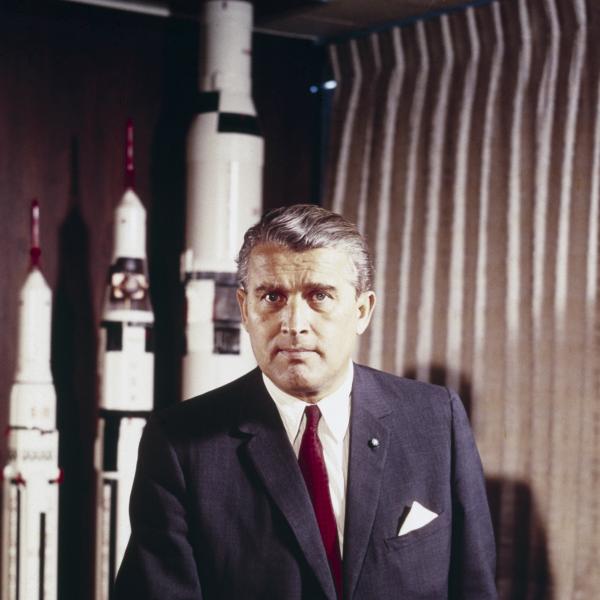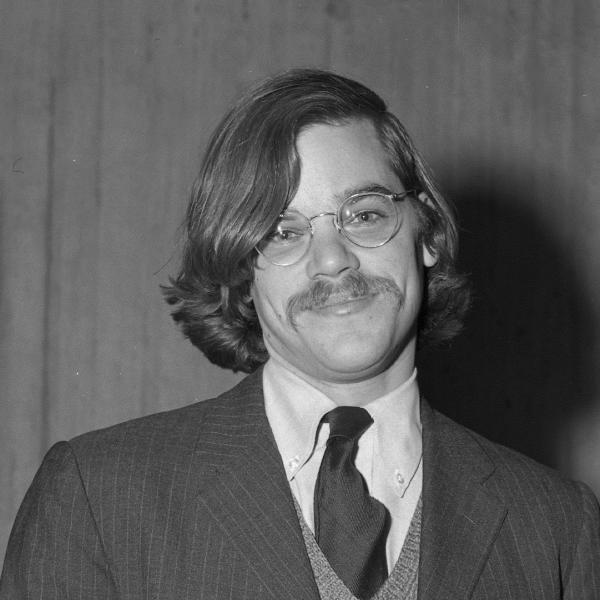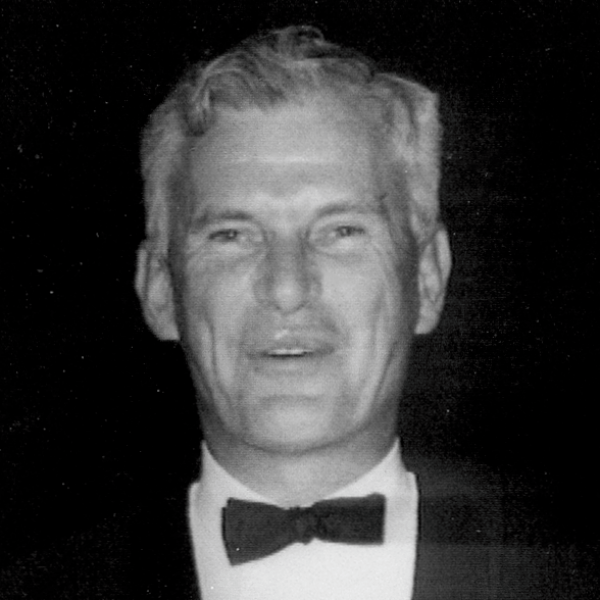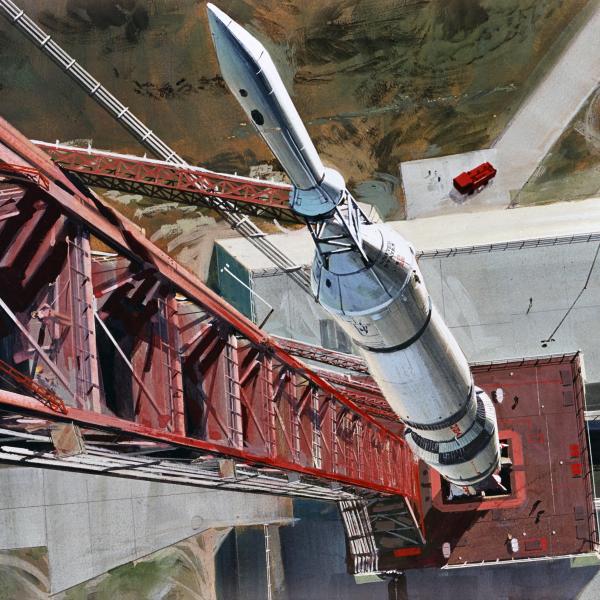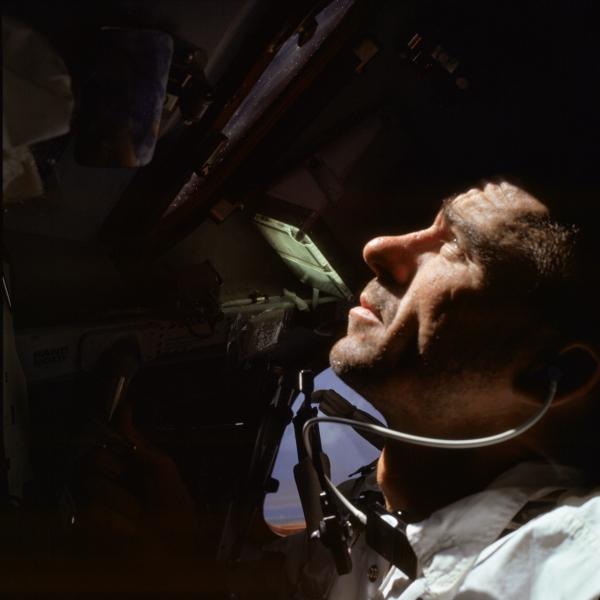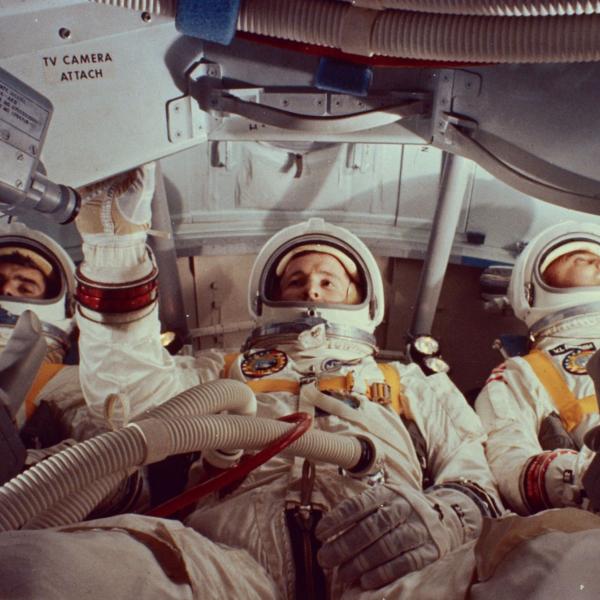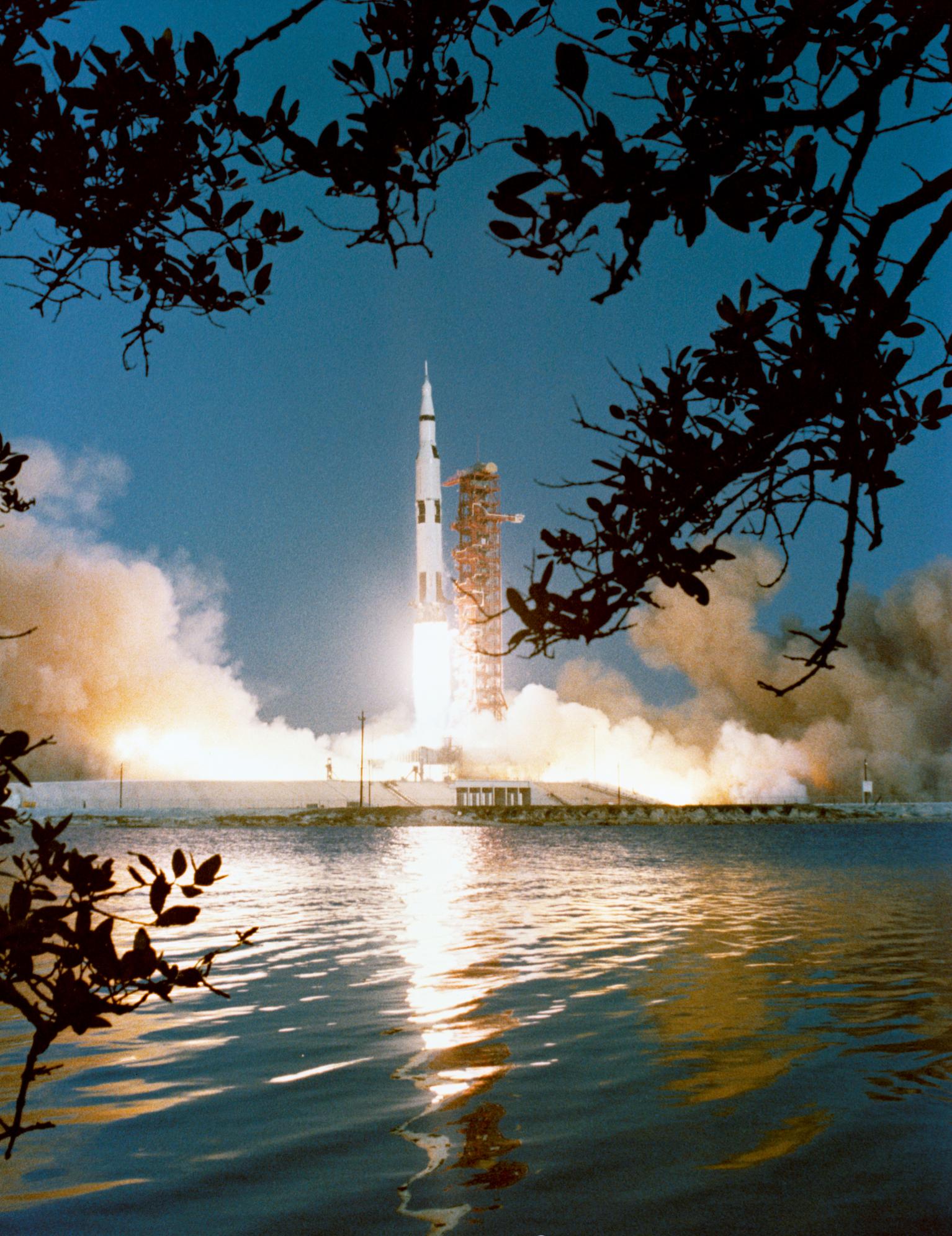
Apollo 6
Violent vibrations aren't good for big rockets. The heat was on -- literally and figuratively -- for NASA as they prepared for the Apollo 6 mission. In April of 1968, they were just eight months away from their first manned mission since the fatal fire aboard the Apollo 1 a year earlier. Apollo 6 would be their final unmanned mission, and their last shot to see if they could conjure up enough power to actually catapult a spacecraft up to the moon, test a heat shield created for the Command Module, and work out any kinks that could be potentially deadly for crews.
NASA ended up declaring the mission a winner after its 10-hour test flight, but to say that Apollo 6 had a few kinks along the way would be the understatement of the year.
“However exciting for observers, AS-502 [Apollo 6] was a success only if you judge by the number of problems it uncovered,” said Draper software engineer Don Eyles.
Upon launching its 6.5 million pounds off the earth, the Saturn V rocket's five ultra powerful F-1 engines experienced a violent bouncing sensation known as pogo oscillation. (Imagine a pogo stick the size of a, um, space rocket in action, and that’s the jist of what pogo oscillation can look like.) Unstable engine combustion causes intense vibrations throughout the vehicle, which make it look like it’s bouncing up and down. At liftoff the Saturn V has about a half million gallons of rocket fuel on board -- so nobody wants to shake that thing up. This is a very big problem not only for the mechanics of a rocket, but for the unlucky astronaut who happens to be sitting in a spacecraft on the very top of it. Nobody was on board the Saturn V for Apollo 6, but if a human were to experience pogo oscillation, they would be in for a world of hurt. The intense vibrations could be extremely painful to an astronaut’s eyes, brain and testicles, not to mention affect their reaction times in a crisis.
The pogo vibrations during Apollo 6 were intense enough to obliterate internal fuel lines and cause a few of the Saturn V’s engines to shut down. The ship’s onboard guidance system was able to pick up some of the slack and keep the Saturn V on course to putt putt into orbit, but short a few engines, the craft could not generate enough oomph to get the command module -- the “mother ship” atop the Saturn V that would eventually shuttle astronauts to the moon -- on its planned lunar trajectory. Instead, NASA controllers redirected the flight to mimic a previous mission flight plan, Apollo 4, into a high Earth orbit, which would give the Saturn V enough room for a high-speed reentry back. This would salvage the mission and also allow NASA to test the command module heat shield necessary to keep astronauts from burning up upon reentry to earth after a moon trip.
With hundreds of dedicated engineers, NASA worked the POGO problem until they figured a way to modify the powerful F-1 engines so they would become stable. This gave them the confidence to go full speed ahead with a manned mission for Apollo 7. And while the Apollo 6 mission was a notably problematic and visually stunning one, it didn't actually receive much press attention at the time. Why? Civil rights leader Martin Luther King, Jr., was assassinated in Memphis, Tenn., on the day of the launch, dominating the news cycle for weeks afterward. 1968 was a violent year all the way around.
